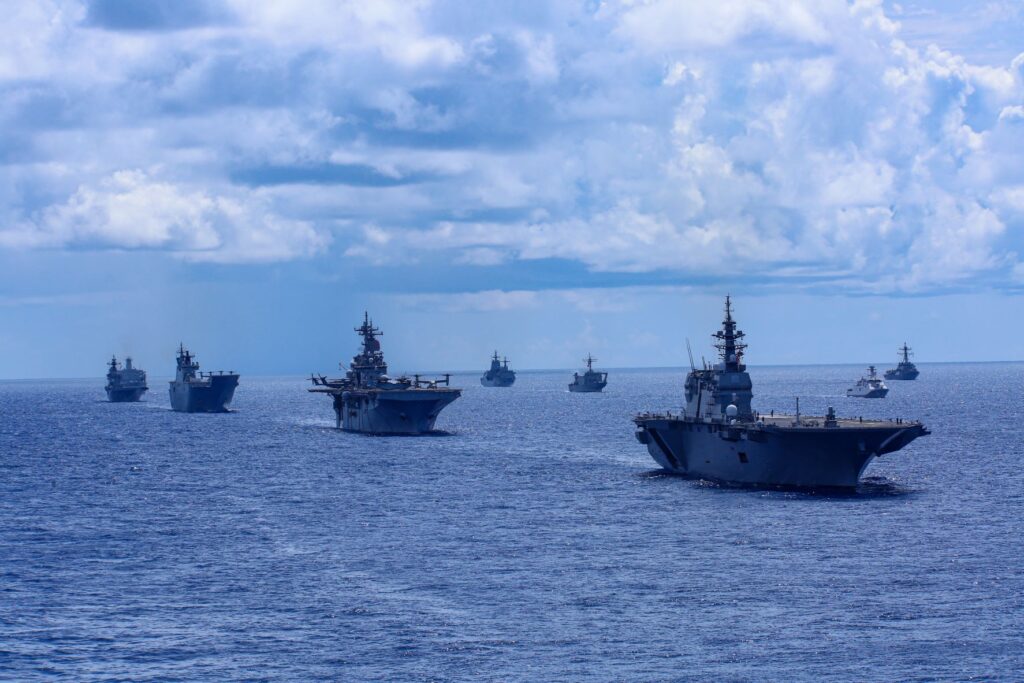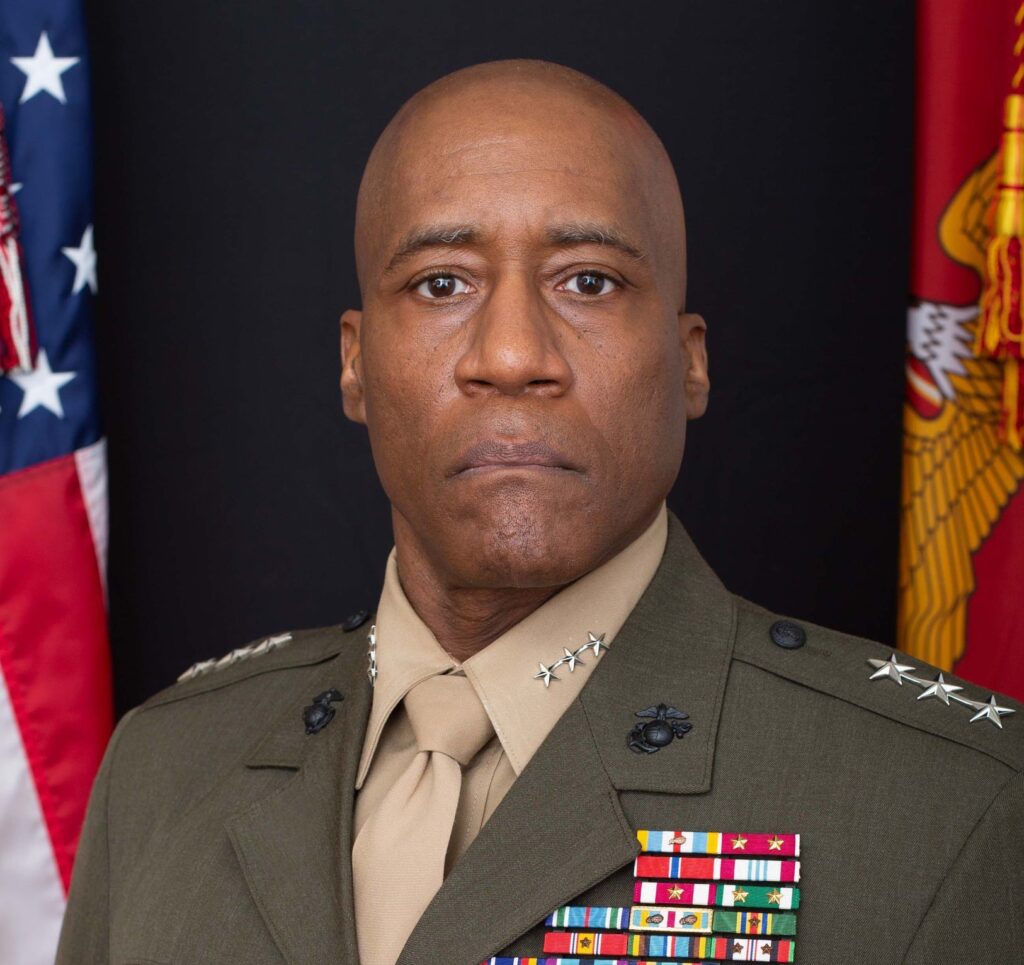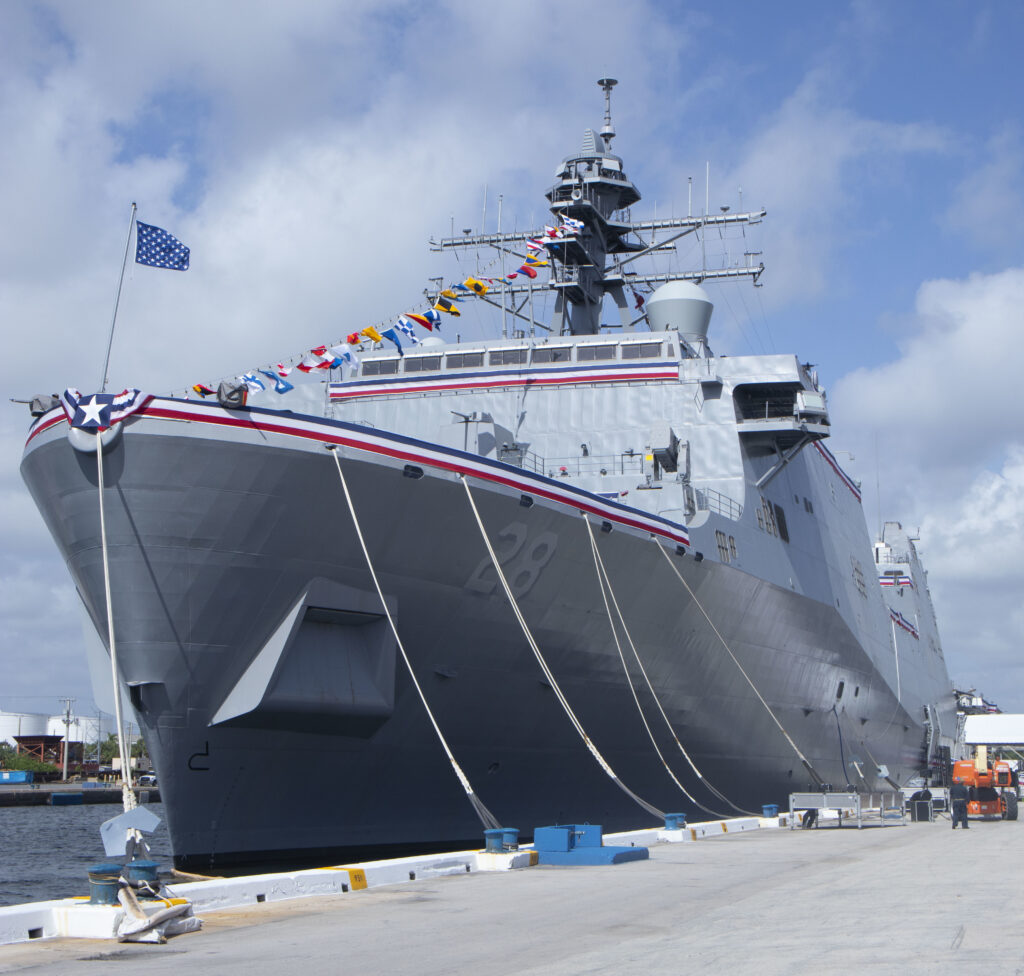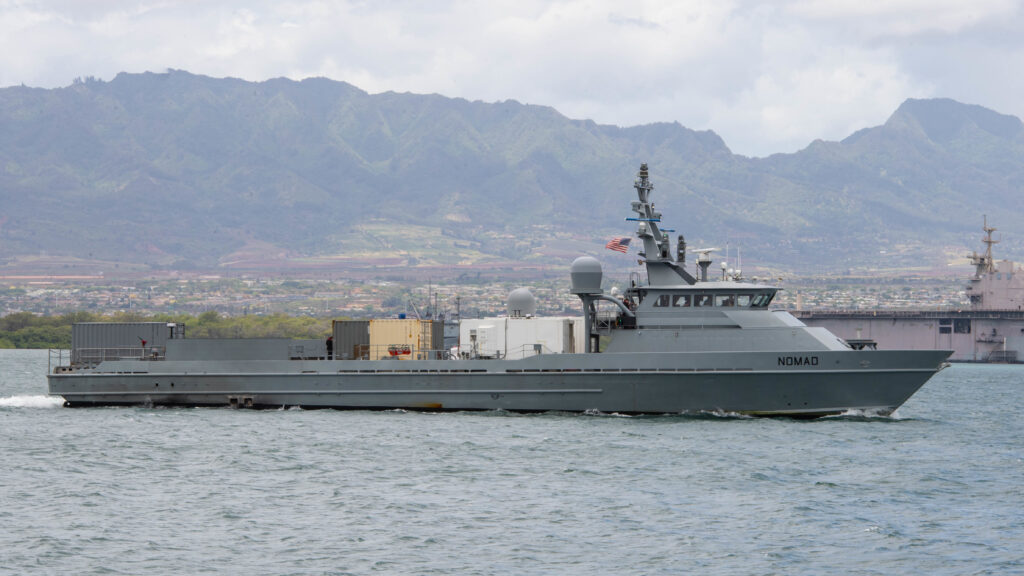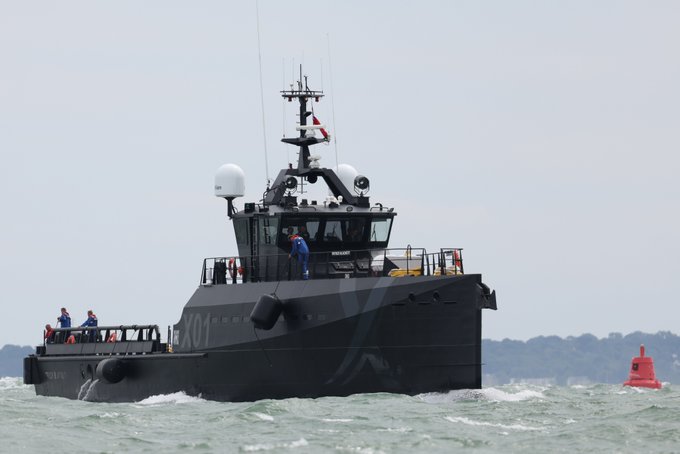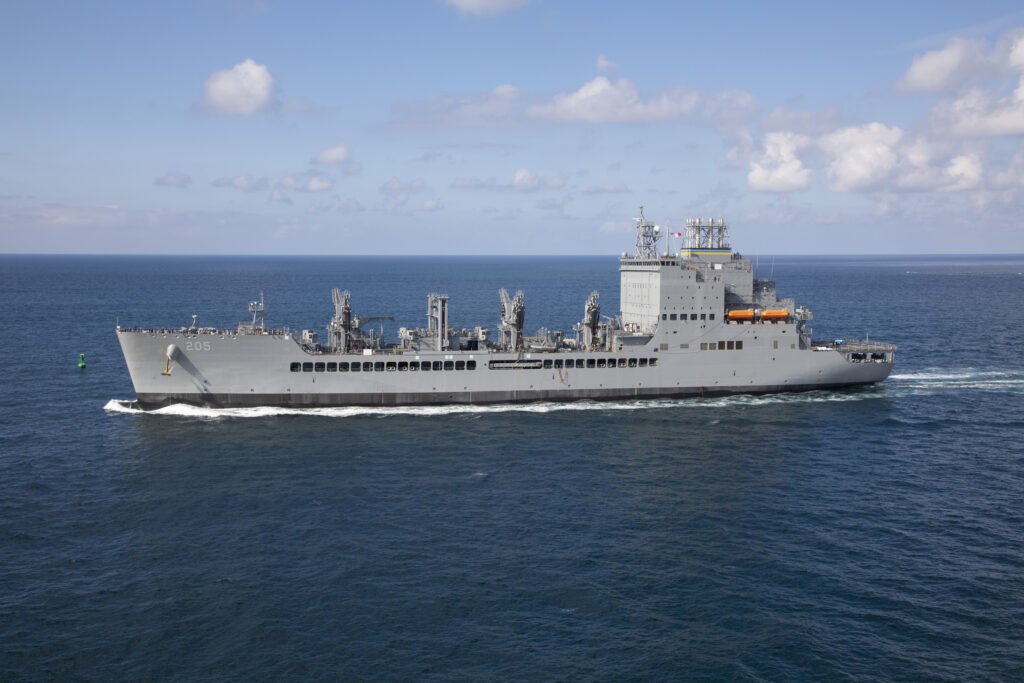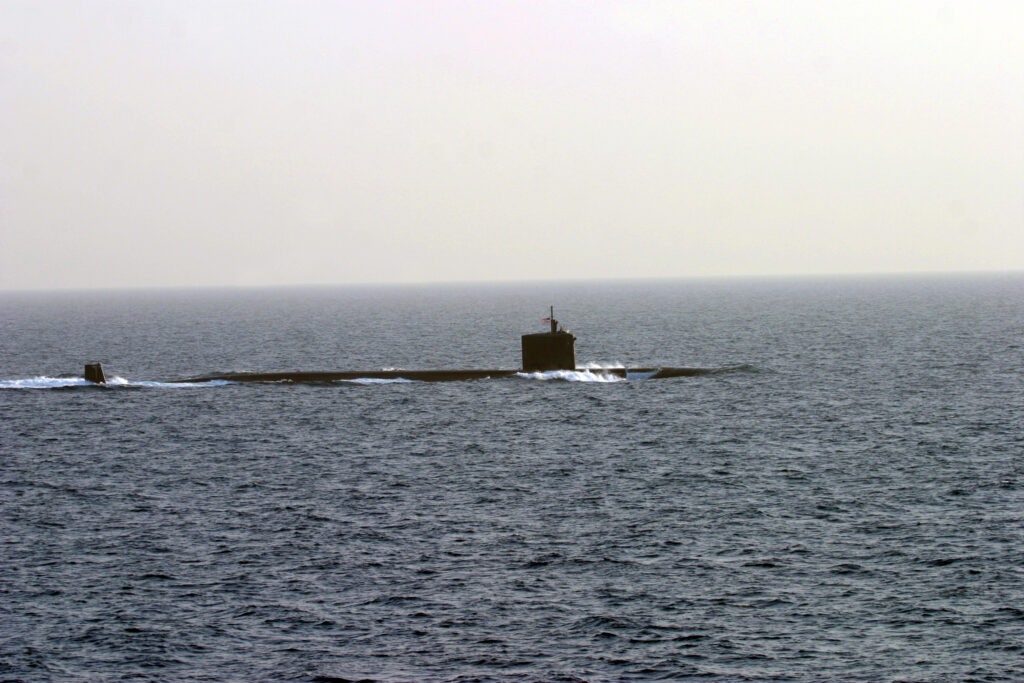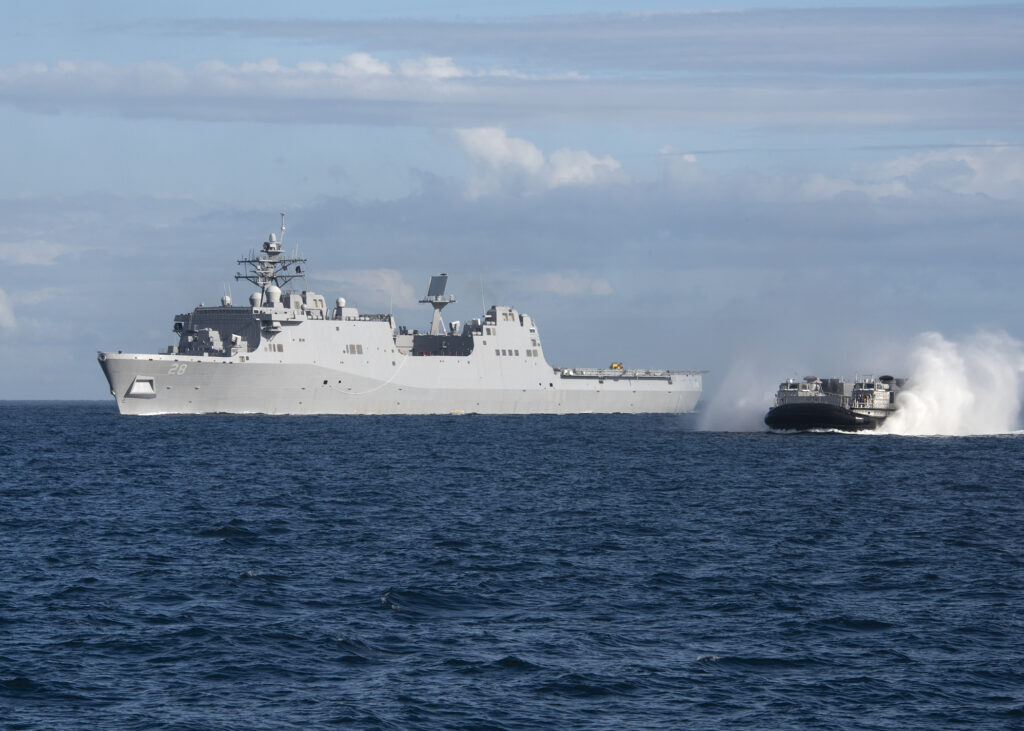National Museum of the Surface Navy Selects Applied Minds LLC for Phase 1 Design
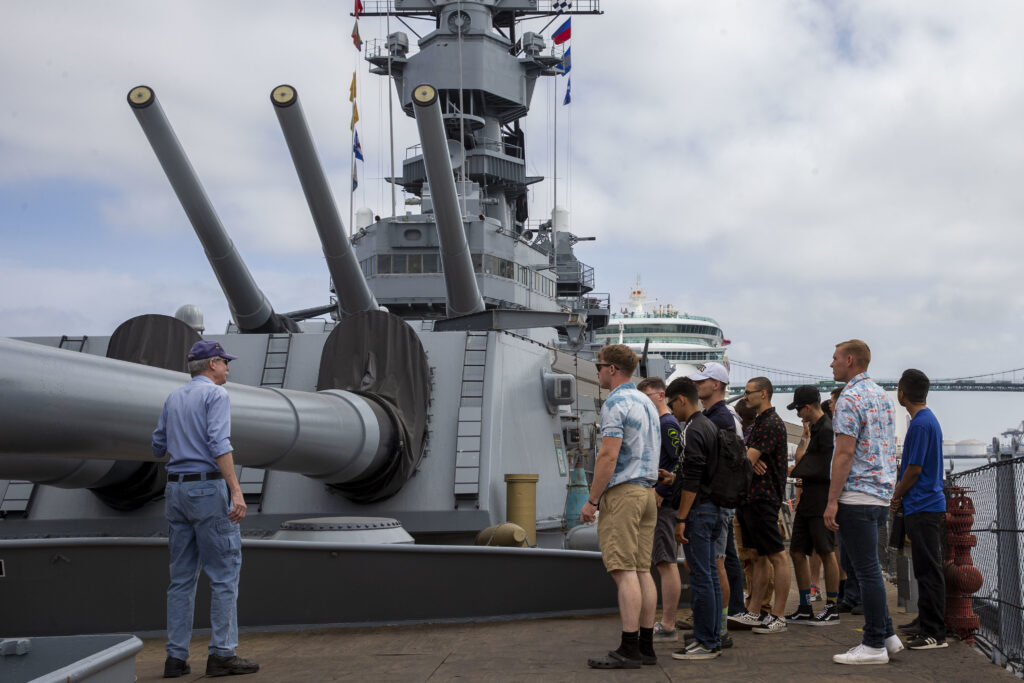
SAN PEDRO, Calif. — The National Museum of the Surface Navy at the Battleship Iowa, the museum for America’s Surface Navy located aboard the historic Battleship USS Iowa Museum, announced Aug. 1 the selection of Applied Minds LLC as designer for the first phase of the innovative museum.
Scheduled to open in 2025, the National Museum of the Surface Navy will be designed to raise awareness of the America’s Surface Navy and its past, present, and future roles in maintaining freedom of the seas.
Led by Bran Ferren, formerly of Disney Imagineering, the team from Applied Minds will incorporate the historic Battleship USS Iowa as the platform for a unique, immersive experience. The team will be responsible for designing exhibits and experiences that educate visitors of the Surface Navy’s role in maintaining safe and open sea lanes to ensure that our nation remains strong economically.
“The activation of the Iowa as the nation’s first and only national museum dedicated to the men and women of the Surface Navy poses challenges from the standpoints of both creativity and technology,” said retired Navy Rear Adm. Mike Shatynski, chairman of the board of the National Museum of the Surface Navy. “Retaining Applied Minds gives us a highly experienced team of creative and innovative professionals that is uniquely qualified and credentialed to design the world-class experience that our visitors will demand, and that the former, current and future Sailors of the Surface Navy deserve.”
“The vision for the nation’s first museum dedicated to America’s Surface Navy is both exciting and forward-thinking, and we’re thrilled to have been selected as the team to bring those ideas, concepts, and dreams to life,” said Steven Hubrechts, chief of staff at Applied Minds. “Bringing together the extensive and proven experience in creativity and technology design at Applied Minds with the museum’s visionary team will undoubtedly result in the development of a world-class museum that will become the standard for the next evolution in museums.”
In addition to the phase one design project to be undertaken by Applied Minds, space preparation and infrastructure improvements for the museum are already underway aboard Battleship USS Iowa Museum thanks to the generous donations of seed donors.
For additional information about the National Museum of the Surface Navy and to become a Plank Owner, visit the website at https://surfacenavymuseum.org.
